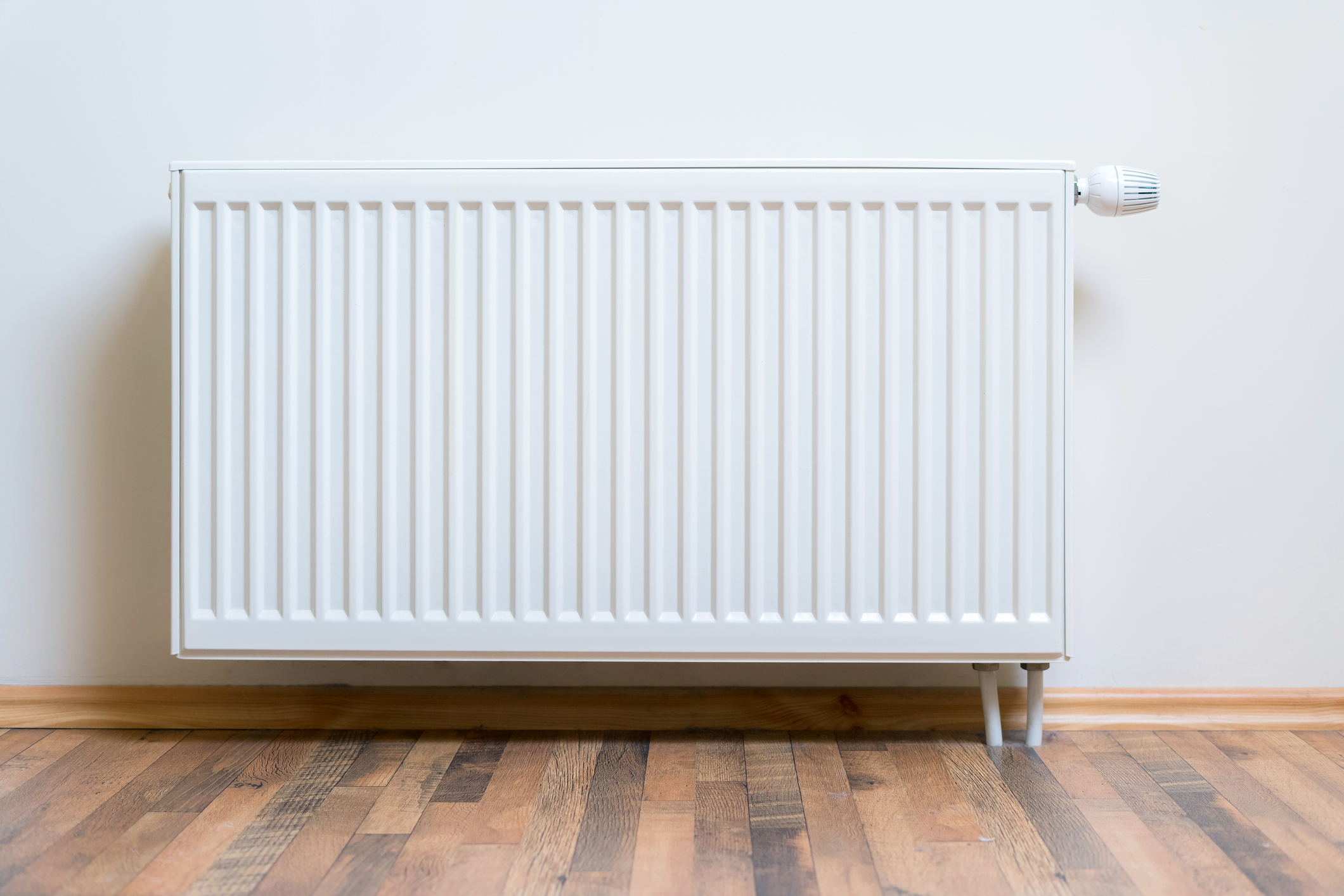Our bodies must function at a more or less even temperature to maintain life activities. We could not long survive if our body temperature fell to 80 ° F. or if it rose to 110 ° F. Fortunately, the living body is in itself a source of heat. It has furthermore certain mechanisms such as the blood vessels of the skin and the sweat glands to regulate body temperature. Hence, man can withstand rather extreme variations in temperature for limited periods of time.
We can endure low temperatures outdoors by putting on various extra layers of clothing, thus trapping the body heat and holding it as an insulating layer around the body. To maintain a comfortable temperature within a building space when the weather is cold, we employ a heating system. It raises the temperature to a level high enough to compensate for the heat losses of the building.
Of course, ages ago, people would have said a stove is enough to provide adequate heat for a room. But, the same cannot be applied for heating several rooms efficiently. Heated air or a source of heat must be brought into each of the rooms. To bring this about, several different types of heating systems have been developed.
Hot-Air Heating Systems

In hot-air systems, a furnace combustion chamber or some other source of heat warms the air passing around it. The hot air is held within a shell or bonnet surrounding the heat source and connected with an air distribution system. This may be an air duct or a pipe called a leader or connected sections of the piping called a stack. In the simplest form of hot-air furnace, the hot air flowing through ducts escapes from them into the rooms to be heated. When the air cools, it flows through the return grilles and returns duct to the furnace.
In many homes, there is only one duct outlet, a central heating register or grille in the room located above the basement furnace. Very hot air escapes from the register into the room and then heats, by convection currents, the air in the other rooms into which it flows. Some homes have a series of pipes rising from the heated-air shell around the furnace. The pipes lead through spaces in the partition walls to registers in different rooms.
This general type of heating is called a gravity-circulation hot-air system. The hot air constantly rises and the displaced cooler air sinks, by gravity, to be warmed in the air space around the furnace. A system of this kind is adequate only when no pipe outlet in a room is so far from the furnace that the air cools off within the pipe before it reaches the room.
The gravity system may be varied in several ways. It may have a large insulated chamber mounted in the basement, with stacks leading from it to the room above. Or small units known as floor furnaces, usually gas-fired, may be used in each room. Cooler air at floor level flows downward through a space on the outer edge of this type of unit. Then it flows upward around metal fins that form part of the heater walls and back into the room. The fire chamber has vents leading in the outside air.
In forced circulation hot-air heating, a blower is placed in the cold-air duct through which cold air passes to the furnace. The blower forces cool air over the heating space of the furnace. The heated air is then pushed on through the pipes or ductwork to registers located in the rooms to be heated. Cool air may be drawn from inside the house or from the outside.
So, that’s part one and in part two, we will go in-depth on steam-heating systems and hot-water heating systems.

